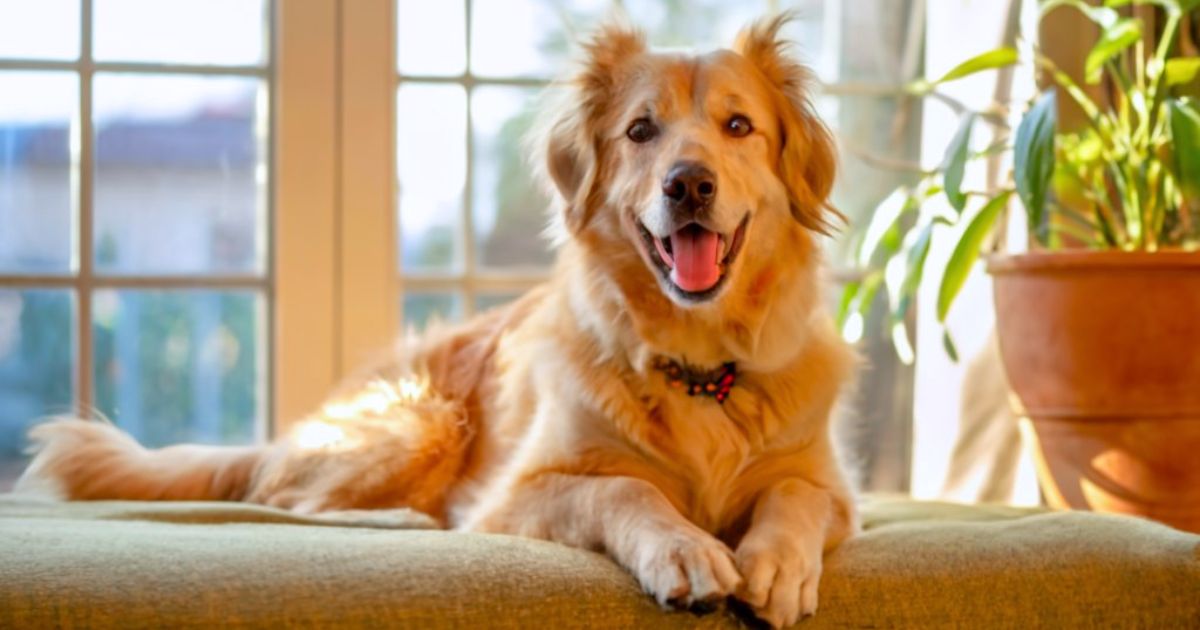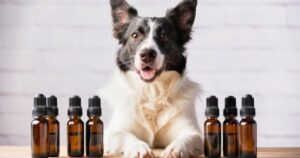Hot spots are like angry sores on a dog’s skin that got infected. They usually start small maybe from a few bug bites but then they get worse quickly because the dog scratches and chews them. Dog hot spots can seem bad and hurt a lot but many dogs can heal this with care and attention. Dogs may experience itching during this phase which can be managed with medication or soothing remedies.
The dog hot spot healing stages go through different phases. The first is the initial stage where the hot spot appears red, inflamed, and often moist. They may seem painful and itchy for the dog. It’s crucial to address it promptly to prevent further discomfort. They might require cleaning and disinfecting to remove any irritants. Once cleaned they enter the drying stage. During this time, they start to scab over forming a protective layer.
It’s essential to resist the urge to scratch or pick at it. They gradually start to heal underneath the scab. Over time, the scab falls off naturally, revealing new healthy skin. It’s important to continue monitoring them during this process to ensure proper healing. They may require additional treatment or veterinary care depending on the severity. They typically heal completely within some weeks with good care and attention.
What Is a Dog Hot Spot?
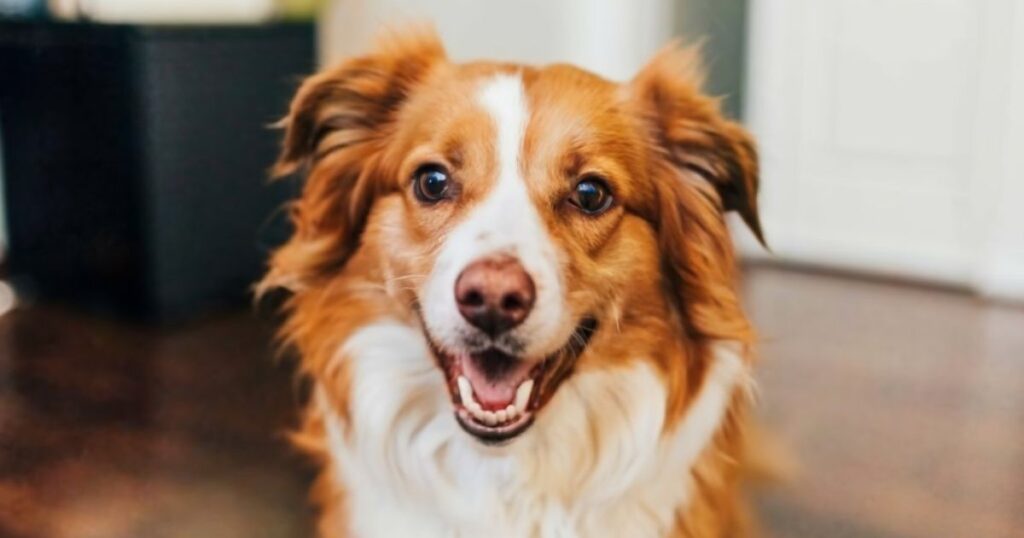
The dog hot spot is a common skin condition among dogs. It is also known as acute moist dermatitis. It occurs when a dog’s skin becomes irritated and inflamed. The irritation can be caused by various factors such as allergies, insect bites, or excessive licking or scratching. It often appears as a red, moist, and painful area on the dog’s skin. They can be found anywhere on the body but are most commonly seen on the neck, head, or hips.
It can cause discomfort and itchiness for the dog. They may start scratching or licking the affected area excessively which can worsen the condition. It’s necessary to keep the hot spot clean and dry to promote healing. They can sometimes develop into more severe infections if left untreated. If a dog is suspected of having a hot spot it’s best to consult a veterinarian for proper diagnosis and treatment. With prompt care, most hot spots can be treated successfully and the dog can return to their happy and healthy self.
What Causes Hot Spots in Dogs?
The main cause of hot spots in dogs is excessive Allergies and irritation on their skin. They often occur when a dog licks, scratches, or chews an area of their body too much. The constant licking and scratching can break the skin creating a warm moist environment perfect for bacterial growth. This leads to inflammation and further itching, exacerbating the problem. They can also develop from allergies insect bites, or poor grooming habits.
It’s essential to keep your dog’s skin clean and dry to prevent hot spots from forming. Regular grooming helps remove loose fur and dirt, reducing the risk of irritation. They may also be caused by basic health issues like ear infections or hormonal imbalances. In some cases, hot spots can be a sign of an allergic reaction to food or environmental factors. If you notice your dog repeatedly scratching or licking a particular area it’s crucial to consult a veterinarian for proper diagnosis and treatment.
Allergies and Sensitivities
The allergies and sensitivities of dogs can lead to hot spots, which are areas of irritated and inflamed skin. They occur when a dog’s immune system reacts strongly to certain substances. The hot spots can be itchy, painful, and uncomfortable for the dog. It starts with something triggering a reaction, like pollen or certain foods. It could also be due to fleas or mites. They cause the dog to scratch or chew at the affected area making it worse.
If left untreated, they can become infected. It’s essential to identify and address the underlying cause to prevent recurrent hot spots. They often appear as red, moist, and swollen patches on the skin. It’s crucial to keep the affected area clean and dry to promote healing. They may require veterinary attention to provide relief and prevent complications. With proper care and management dogs with allergies and sensitivities can lead comfortable lives.
Trauma and Irritation
The occurrence of hot spots in dogs is often linked to trauma and irritation. The trauma can be caused by scratching, licking, or chewing excessively due to itching or discomfort. They can also arise from underlying skin conditions like allergies or infections. It is essential to identify and address the underlying cause to prevent recurrence. If left untreated, they can worsen and lead to discomfort and pain for the dog. They are characterized by red, inflamed patches on the skin that may ooze, crust, or become infected.
It is crucial to keep the affected area clean and dry to promote healing. They can occur anywhere on the dog’s body but are commonly found on the head, neck, and hips. Regular grooming and flea control can help prevent irritation and reduce the likelihood of hot spots. They can be treated with medicated shampoos, creams, and sometimes oral medications prescribed by a veterinarian.
Insect Bites and Fleas
The itchiness and discomfort caused by insect bites and fleas can lead to hot spots in dogs. The constant scratching and biting worsen the irritation, creating inflamed patches on their skin. These hot spots can appear suddenly and spread rapidly if not treated promptly. It’s crucial to identify and address the underlying cause, whether it’s fleas, mosquitoes, or other insects. They can carry diseases and parasites, making the situation more challenging. It’s essential to keep your dog’s environment clean and use preventive measures.
Regular grooming and inspections can help detect any signs of infestation early on. If your dog develops hot spots, it’s important to keep the area clean and dry to prevent further irritation and infection. They may need medication or topical treatments prescribed by a veterinarian to soothe the itching and promote healing. You can help your furry friend find relief from insect bites and fleas and prevent future hot spots with proper care and attention.
Also Read Tgis Blog : Ztec100.com: Solution For Digital Services
Identifying Dog Hot Spots
The identification of dog hot spots is crucial for pet owners. They often wonder what causes these hot spots on their furry friends. It’s important to recognize the signs early. They can appear as red inflamed areas on the dog’s skin. Itching and scratching are common behaviors exhibited by dogs with hot spots. It’s essential to keep an eye out for any changes in behavior or appearance. They may be caused by allergies, insect bites, or skin infections.
It’s vital to consult a veterinarian for proper diagnosis and treatment. They can guide how to manage and prevent hot spots. Regular grooming and keeping the dog’s coat clean can help prevent them. They can occur anywhere on the dog’s body but are often found on the head, neck, and hips. They can be painful for the dog and may require medical attention. It’s important to address the underlying cause to prevent recurrence. Dogs can recover from hot spots quickly with proper care and attention.
How to Treat Dog Hot Spots at Home?
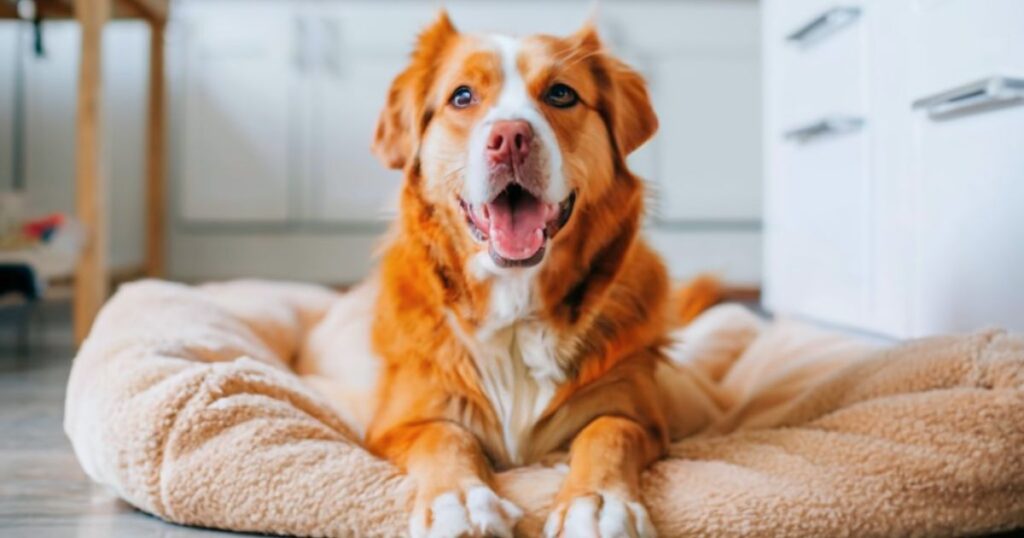
The key to treating dog hot spots at home is patience and care. The first step is to clean the affected area gently with mild soap and water. It helps to soothe the irritation and remove any debris that may be aggravating the hot spot. After cleaning pat, the area dry with a clean towel to keep it clean and dry. They should avoid letting their dog scratch or lick the hot spot as this can worsen the irritation and delay healing.
It is important to keep the area trimmed of excess hair to allow air to reach the skin and promote healing. Applying a cool compress to the hot spot can help to alleviate itching and reduce inflammation. They can also try applying natural remedies such as aloe vera or coconut oil to soothe the skin. It is crucial to monitor the hot spot closely and consult a veterinarian if it does not improve within a few days.
Trim Excess Hair
The key to treating dog hot spots at home is trimming excess hair. The first step is identifying the hot spots on your dog’s skin. It’s important to gently clean the affected area with a mild antiseptic solution. Trim the excess hair around the hot spots carefully to allow air to reach the skin and promote healing. It’s best to use blunt-tipped scissors to avoid accidentally cutting your pet. After trimming, keep the area clean and dry to prevent further irritation.
Applying a vet-recommended topical treatment can aid in soothing the hot spots. They might recommend a medicated spray or cream to alleviate itching and inflammation. Regularly monitor the hot spots for any signs of improvement or worsening. If the hot spots persist or worsen, consult your veterinarian for further guidance and treatment options. Taking proactive steps at home can help your furry friend find relief from hot spots and prevent them from escalating into more serious issues.
Cleanse and Dry
The first step in treating dog hot spots at home is to cleanse and dry the affected area. The cleansing process helps remove any dirt, bacteria, or irritants that may be aggravating the hotspot. It also prevents further infection. They can use a gentle, pet-safe cleanser or even just plain water to clean the area thoroughly. After cleansing, it’s important to dry the hotspot completely. This helps to keep the area clean and prevents moisture from accumulating, which can worsen the condition.
They should gently pat the area dry with a clean towel or use a low setting on a hairdryer. It’s crucial not to rub the area vigorously, as this can further irritate the skin. Once the hotspot is clean and dry they can apply a vet-approved topical treatment to help soothe the irritation and promote healing. Regular cleansing and drying along with proper treatment can help alleviate discomfort and speed up the healing process for their furry friend.
Use Coconut Oil for Soothe Dog Skin
The key to soothing your dog’s skin at home lies in using coconut oil. It’s a natural remedy that’s gentle yet effective. The applying of oil is simple warm the oil slightly and gently massage it onto the affected areas. It helps to relieve itching and irritation caused by hot spots. These hot spots can be uncomfortable for your furry friend, but coconut oil provides relief. It’s safe for dogs and doesn’t contain any harsh chemicals. They will enjoy the soothing sensation it brings.
You’ll notice improvements in your dog’s skin condition with regular use. It’s a cost-effective solution compared to frequent vet visits. Plus, it’s readily available at your local grocery store. Incorporating coconut oil into your dog’s skincare routine can lead to healthier happier skin. Give your dog the comfort they deserve with this natural remedy. Soothe their skin and alleviate their discomfort with the power of coconut oil.
How Long Is the Overall Dog Hot Spot to Healing Time?
The overall healing time for a dog’s hot spot can vary based on several factors. The location and severity of the hot spot play a big role in determining how long it takes to heal. The first step in healing is to identify and treat the underlying cause, whether it’s allergies, insect bites, or skin infections. The healing process can be expedited by keeping the area clean and dry. It is important to resist the urge to scratch or chew at the hot spot, as this can prolong healing. They may need to wear an Elizabethan collar to prevent further irritation.
It’s also essential to follow any treatment plan prescribed by the veterinarian. With proper care most hot spots begin to heal within a few days to a week. However, some severe cases may take several weeks to fully resolve. It’s important to monitor the hot spot closely and seek veterinary attention if it doesn’t improve or worsen. Providing a comfortable environment and plenty of TLC can help speed up the healing process. Remember, patience and consistent care are key to helping your furry friend recover from a hot spot.
What are the hot spot healing stages?
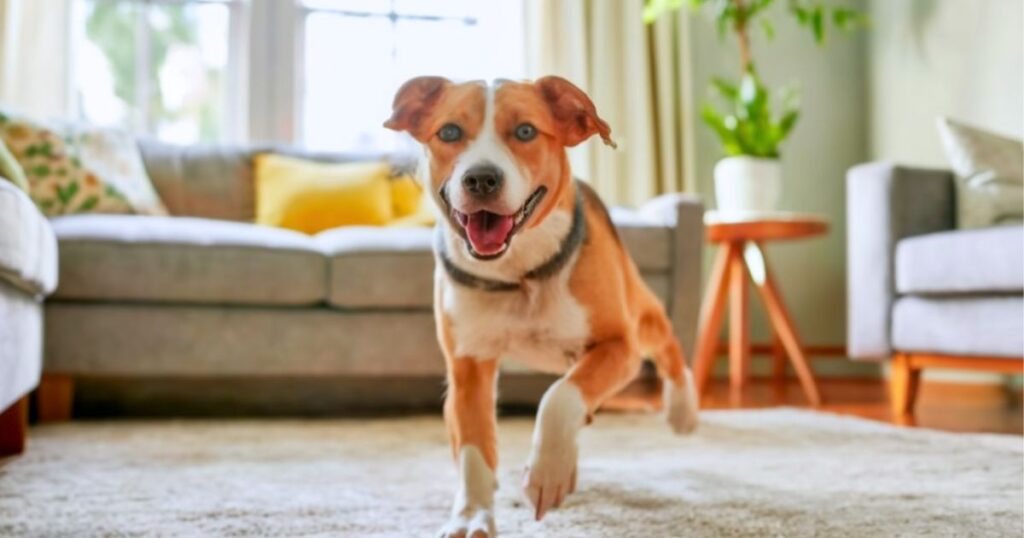
The hot spot healing stages in dogs can be broken down into several phases. The first is the initial irritation or itchiness that prompts the dog to scratch or lick excessively. It can start with a small red spot that may not seem serious at first. They may appear moist and painful to touch. As the hot spot progresses it may develop into a larger more inflamed area with hair loss. They often become very itchy and painful for the dog leading to further itching and falling of the condition.
It is essential to keep the area clean and dry to prevent bacterial infection. With proper treatment including topical medications and sometimes antibiotics prescribed by a veterinarian they typically begin to heal within a few days. Over time the redness and swelling should decrease and the skin will start to regenerate. They should continue to monitor the area even after it heals to ensure it doesn’t return. Most hot spots in dogs can fully heal within a couple of weeks with consistent care and attention.
- The hot spot starts with redness and itchiness.
- It then progresses to oozing and inflammation.
- They may lick or scratch it more, worsening the condition.
- It can become painful and uncomfortable for the dog.
- They may form scabs as the healing process begins.
- It gradually dries up and starts to crust over.
- They finally heal, leaving behind new skin.
How to Prevent Dog Hot Spots?
The best way to prevent dog hot spots is by keeping your furry friend clean and dry. The first step is to ensure that their fur is free from any dirt or debris. It can be done by regular brushing. It helps in removing dead hair and stimulates blood flow to the skin. If your dog loves water occasional baths with a mild shampoo can also help. It’s important to dry them thoroughly afterward to prevent moisture buildup. Maintaining a healthy diet for your dog can strengthen their immune system making them less prone to skin irritations.
It’s crucial to keep an eye on your pet’s behavior and habits. If you notice them excessively licking or scratching a particular area, take action immediately. Regular check-ups with the vet can also catch any underlying issues before they become severe. Providing a comfortable and clean environment for your dog to live in can greatly reduce the risk of hot spots. Keeping their bedding and living areas clean helps in preventing bacterial growth. Lastly, avoid exposing your dog to allergens or irritants that may trigger hot spots.
Care for Dogs with a History of Hot Spots
The care for dogs with a history of hot spots is essential for their well-being. The first step is to keep them clean by bathing regularly with a gentle shampoo. It helps soothe their skin and prevent further irritation. They should be dried thoroughly after each bath to avoid moisture buildup which can worsen hot spots. It’s important to keep their environment clean too, washing their bedding frequently. They also need a balanced diet rich in nutrients to support their skin health. Regular grooming helps in detecting any signs of hot spots early. It’s crucial to avoid excessive scratching or licking of the affected areas.
They might need a visit to the vet for proper diagnosis and treatment. It’s recommended to keep their fur trimmed to prevent matting and allow better air circulation. They should be discouraged from excessive sun exposure as it can aggravate hot spots. It’s helpful to use products like medicated shampoos or sprays as advised by the vet. They may require a cone or Elizabethan collar to prevent them from further irritating the hot spots. Patience and consistency are key in managing hot spots in dogs. They can recover from hot spots and lead a comfortable life with proper care and attention.
What Does Ringworm Look Like On A Dog?
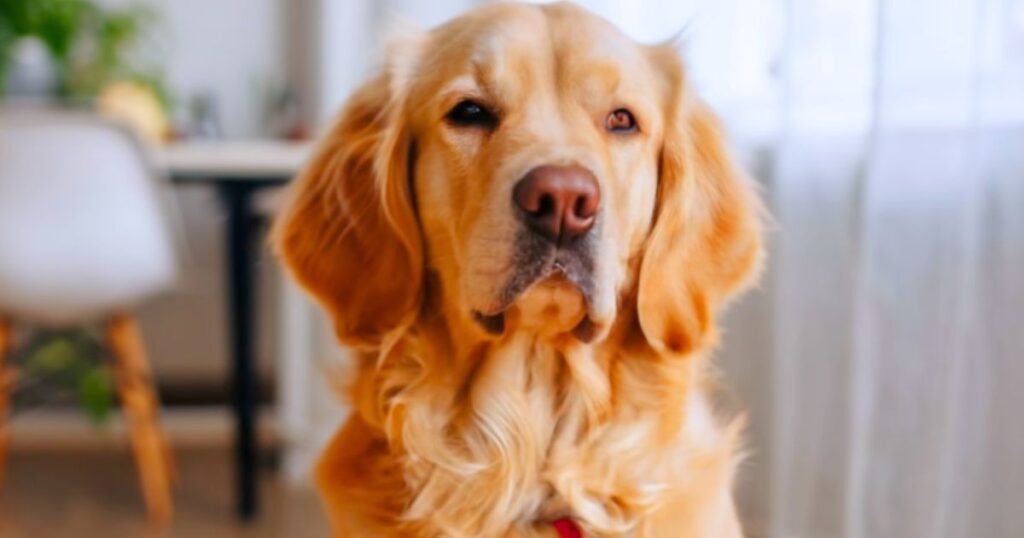
The appearance of ringworm on dogs can vary, but it usually starts as small round patches on their skin. These patches may be red, scaly, and slightly raised. The affected areas might also lose some hair, making the skin look bare. They can be itchy for the dog leading them to scratch and lick the area. Over time the patches may grow larger and spread to other parts of the body. It can look like a rash or even a sore spot.
Sometimes the edges of the patches appear raised and inflamed. They might develop a crust or scab in the center. It’s important to note that ringworm doesn’t always have a perfect circular shape, so it can be tricky to identify. It might also cause some swelling and inflammation in severe cases. It’s essential to consult a veterinarian if you suspect your dog has ringworm to get proper diagnosis and treatment.
Frequently Asked Questions
What do healing hot spots look like?
Healing hot spots typically appear as moist, red, and inflamed areas on the dog’s skin, often with hair loss and sometimes oozing discharge.
How long does it take for a hot spot to get better?
The time it takes for a hot spot to improve varies depending on the severity and basic cause but with proper care, it can start to heal within a few days to a couple of weeks.
Should I clean my dog’s hot spot?
Yes, it’s important to clean your dog’s hot spot with a mild antiseptic solution to remove any debris and bacteria, promoting faster healing and preventing infection.
Why is my dog’s hot spot not healing?
Several factors could contribute to a dog’s hot spot not healing including basic allergies, skin infections, or continued irritation from licking or scratching.
What does a bad hot spot look like?
A bad hot spot may appear larger have a foul aroma and show signs of spreading or worsening despite treatment efforts. It may also be accompanied by signs of pain or discomfort in the dog.
Conclusion
The identification and treatment of dog hot spot healing stages are crucial for ensuring the well-being of our furry companions. The journey of healing begins with recognizing the signs as they often start as small red patches on the skin. It is imperative to act swiftly as they can escalate rapidly if left untreated. The first stage involves cleaning the affected area with a gentle antiseptic solution. It helps to soothe the irritation and prevent further infection.
They may then require a protective barrier such as a cone to prevent licking and worsening the condition. As the healing progresses it is essential to keep an eye on any changes. They may start to scab over indicating the formation of new skin underneath. Providing relief from itching through prescribed medications or natural remedies can aid in this process. In the final stages of healing, they will begin to heal from the inside out and the scabs will fall off naturally.
It is crucial to refrain from picking or scratching at these scabs as it can delay the healing process and lead to further irritation. They can fully recover from hot spots returning to their playful and happy selves with patience and care. Remembering to maintain good hygiene practices and addressing any basic issues can help prevent future occurrences.

Hello I’m Jack Wilson An Experienced Author I’m Writing About DOGS and TRENDING TOPICS with a simplicity that Relates with readers. My writing style carries Easy wording with Natural touch which makes My writing Engaging and Easy to Read.
